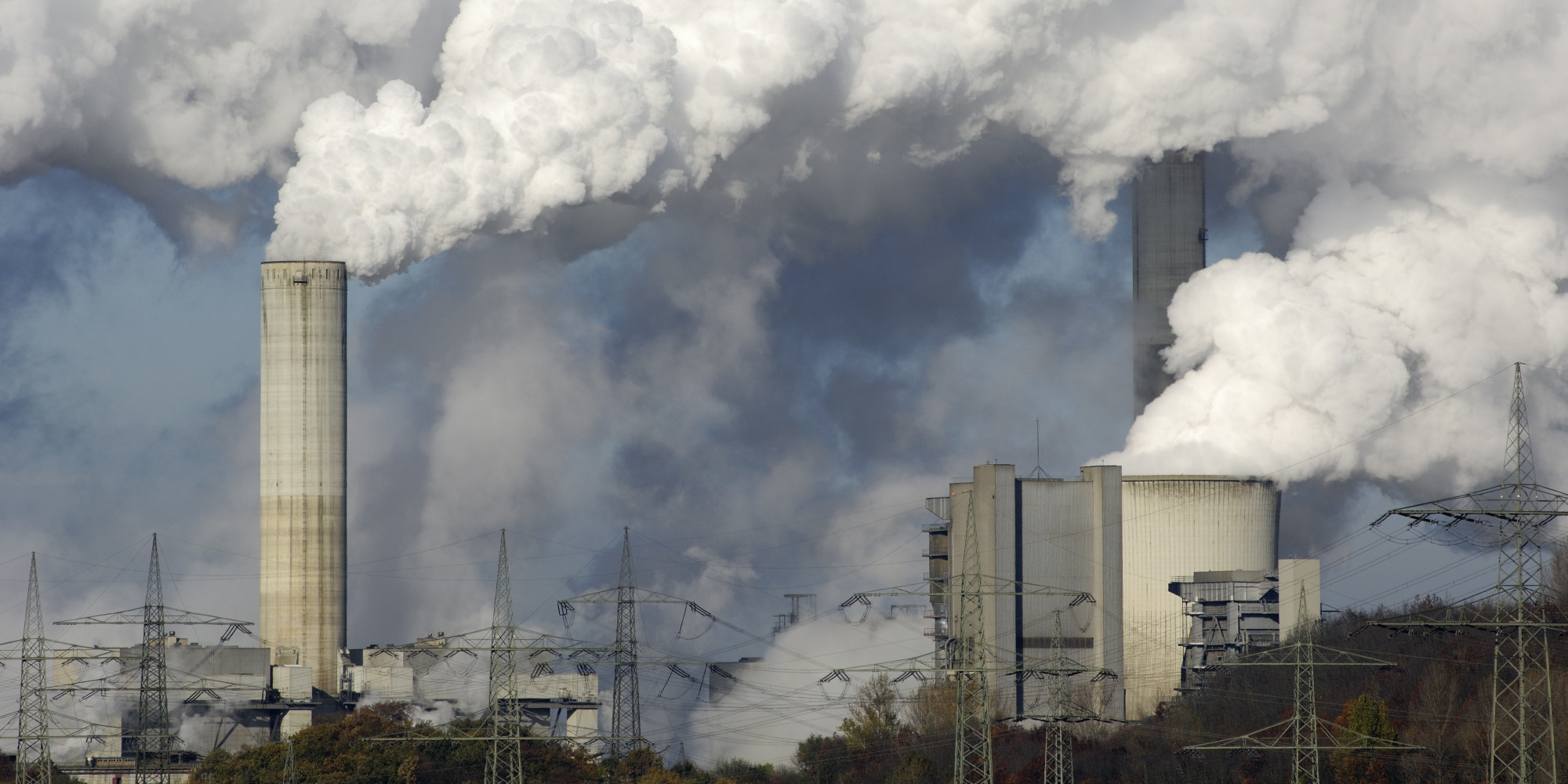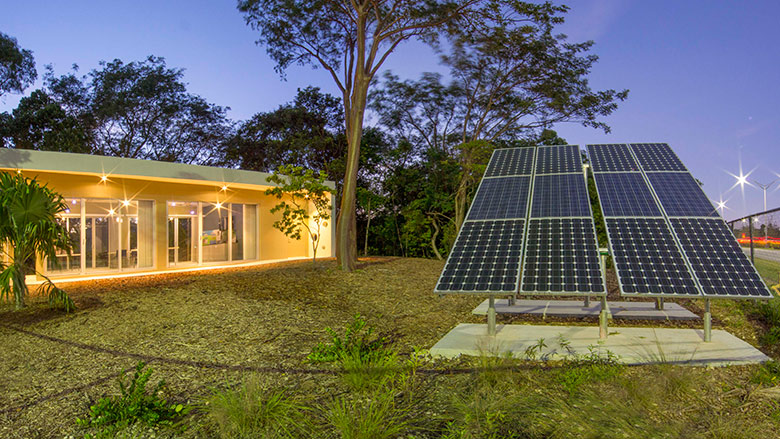By: Joseph R. Snider, AIA, LEED AP
According to the U.S Green Building Council (USGBC), 25% of the population spends their time in school each day and educational facilities represent the largest construction sector in the United States. As the US continues to grapple with finding ways to improve education and the performance of our students, there is a growing discussion about the importance of the physical spaces in which we teach and learn.
It seems intuitive that a comfortable learning environment would be the foundation for a positive learning experience. Haven’t we all been in a classroom or lecture where it was too cold, too hot, too smelly, or there was noise from outside or an adjacent room.
To that end, the USGBC’s Leadership in Energy and Environmental Design (LEED) Green Building Rating System for Schools has taken the lead on redefining a healthy, comfortable, and positive learning environment. The LEED Green building rating system initially was developed as a guide to design and construct environmentally sustainable buildings.
In school terms, LEED represents a report card for buildings, demonstrating to the community that a facility is built and/or operated in a way that supports the health and well-being of occupants and saves energy, resources and money. LEED is an internationally recognized certification system that measures a building using several metrics, including:
- Energy Savings
- Water Efficiency
- Sustainable Land Use
- Improved Air Quality
- Stewardship of Natural Resources
LEED was originally developed for commercial and office buildings. But the synergies with schools quickly became apparent as the benefits of LEED began to surface. For example, where else would you want to have a non-toxic environment with good indoor air quality and assured fresh air than a building where young children will be spending the majority of their waking hours? And if schools could spend less on energy and water and operations, then in theory they would have more to spend on the educational mission. Based on this, the USGBC quickly developed a LEED rating system specifically for schools. Of note, one of the added items in the schools rating system is an emphasis on good acoustics as it has become apparent over the years how important hearing is in a teaching environment.
Yet as the LEED for Schools program has matured, another aspect of the buildings has become increasingly important. Our society is dealing more and more with environmental issues such as climate change and sea level rise, waste management issues, water quality issues and air quality to just name a few. It is the children learning in these schools that will taking the torch from us in the coming decades, and at earlier and earlier ages they are engaging in these topics. And what better way to educate than through experience and learning in a building that becomes an educational tool?
When a child can sit in a classroom and learn about the rain cycle, and then look out the window and see rain being captured in cisterns that will then water the landscape, that learning becomes all that more real. What better way to learn about alternative energy than to walk outside and see solar panels in action, powering part of the building in which they are sitting?
And that is what LEED for Schools has helped to build, a culture of learning around a healthy and sustainable building.
For more information on LEED please visit:
For more information on the State of our Schools please visit: http://www.centerforgreenschools.org/resources.aspx
Joe Snider is Principal of Sustainability Services for SEQUIL Systems Inc., a past member of USGBC national committees, the USGBC South Florida Board of Directors, the Delray Beach and Palm Beach County Green Task Forces, and is currently serving on the Palm Beach County, FL Zoning Commission. Joe is a licensed architect and a LEED AP.






